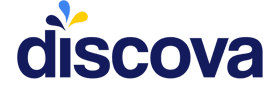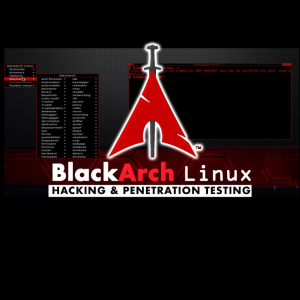Description
In this comprehensive course, you will embark on an in-depth exploration of web application hacking, equipping yourself with the knowledge and skills to identify and exploit vulnerabilities in web applications. Gain a solid foundation in web application hacking fundamentals, understanding the underlying principles and techniques that will guide your journey.
Using Kali Linux as your toolset, dive into HTML injection, Iframe injection, remote command injection, and PHP arbitrary code injection, discovering the power of these techniques and how to exploit them for maximum impact. Learn about broken authentication, HeatBleed vulnerability, and XSS (Cross-Site Scripting) attacks, understanding how these vulnerabilities can be leveraged to compromise web applications.
Explore various forms of XSS attacks, including stored, reflected, JSON-based, and AJAX-based XSS, gaining a deep understanding of their mechanics and implications. Discover techniques to exploit unencrypted communication using tools like bettercap, as well as the fundamentals of the robots.txt file and the potential vulnerabilities it can expose.
Uncover the power of arbitrary file uploads, Cross-Site Request Forgery (CSRF), PHPinfo, directory traversal, and fuzzing using OWASP Zap. Develop a comprehensive understanding of each technique, learning how to identify and exploit vulnerabilities effectively. Finally, explore the fundamentals of cookie encoding and its implications for web application security.
Throughout this course, you will gain hands-on experience using Kali Linux and various hacking tools, allowing you to apply your knowledge in real-world scenarios. It’s important to note that ethical considerations and legal boundaries should always be respected when engaging in any form of hacking or security exploration. This course is intended for educational purposes only, with the aim of deepening your understanding of web application security and equipping you with the skills to contribute to a safer digital landscape.







